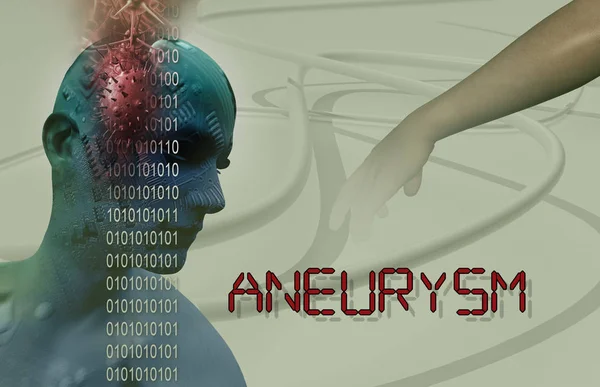The sudden passing of Ana Orsini, a vibrant 28-year-old news anchor at KOLD-TV in Tucson, Arizona, has left a profound impact on her colleagues and the community. Her unexpected death from a brain aneurysm has not only shocked her peers but also raised awareness about this serious medical condition. This article explores who Ana Orsini was, the nature of brain aneurysms, their symptoms, and their associated risk factors.

Who is Ana Orsini?
Ana Orsini was a beloved news anchor known for her infectious enthusiasm and dedication to journalism. Born in Denver, Colorado, she graduated from Texas A&M University in 2018 with a degree in journalism and minors in communication and sports management. Her career began in Lubbock, Texas, where she worked as an anchor and reporter before moving to Medford, Oregon, for three years as a morning and midday anchor. In June 2023, she joined KOLD-TV in Tucson, where she quickly became a cherished member of the news team.
Orsini was not just an anchor; she was a passionate advocate for animal welfare, often seen promoting rescue animals during segments like “Fur Baby Friday.” Her colleagues described her as compassionate and wise beyond her years, someone who consistently uplifted those around her. The heartfelt tributes from her coworkers highlighted her vibrant spirit and the deep connections she forged during her short life.
What is a Brain Aneurysm?
A brain aneurysm, also known as a cerebral aneurysm, is a weak spot in the wall of a blood vessel in the brain that bulges or balloons out due to pressure. This condition can lead to severe complications if the aneurysm ruptures. According to medical experts, about 6.8 million people in the United States are living with an unruptured brain aneurysm—approximately 1 in 50 individuals. While many aneurysms remain asymptomatic throughout a person’s life, their rupture can result in catastrophic outcomes, including stroke or death.

When an aneurysm ruptures, it can cause bleeding into the space surrounding the brain (subarachnoid hemorrhage), leading to immediate medical emergencies. The risk of death from such ruptures is alarmingly high; approximately 40% of individuals die from complications related to ruptured aneurysms.
Symptoms of a Ruptured Brain Aneurysm
Recognizing the symptoms of a ruptured brain aneurysm is crucial for timely medical intervention. Common signs include:
- Sudden severe headache: Often described as “the worst headache of one’s life,” this pain can appear suddenly and without warning.
- Stiff neck: This symptom may accompany severe headaches and indicates irritation of the meninges (the protective membranes covering the brain).
- Nausea and vomiting: These symptoms often occur alongside severe headaches.
- Vision changes: Blurred or double vision can occur due to pressure on the optic nerves.
- Sensitivity to light: Photophobia may develop as a response to increased intracranial pressure.
- Loss of consciousness: In severe cases, individuals may experience fainting or loss of consciousness.
If any of these symptoms arise suddenly, it is critical to seek immediate medical attention as they may indicate a ruptured aneurysm.
Risk Factors for Brain Aneurysms
Understanding the risk factors associated with brain aneurysms can help in early detection and prevention strategies. Key risk factors include:
- Genetic predisposition: Family history plays a significant role; individuals with relatives who have suffered from brain aneurysms are at increased risk.
- Age and gender: Brain aneurysms are more common in people aged 35 to 60 years and are more prevalent among women than men (approximately 3:2 ratio).
- Hypertension: High blood pressure is one of the most significant modifiable risk factors for developing an aneurysm.
- Smoking: Tobacco use has been linked to an increased risk of both developing and rupturing an aneurysm.
- Substance abuse: Use of drugs such as cocaine can lead to sudden increases in blood pressure, increasing the likelihood of rupture.
Additionally, certain genetic conditions such as Ehlers-Danlos syndrome and polycystic kidney disease can predispose individuals to develop brain aneurysms.
Conclusion
The tragic loss of Ana Orsini has brought significant attention to brain aneurysms and their potentially devastating effects. As we remember her vibrant spirit and contributions to journalism, it is essential to raise awareness about this serious health issue. Understanding who is at risk and recognizing symptoms can be lifesaving. Ana’s legacy will continue through the lives she touched both on-screen and off-screen—a reminder of how precious life is and how quickly it can change.
Content source – www.soundhealthandlastingwealth.com

